The Food Intolerance Guide | How to Deal with a Food Intolerance
I created this food intolerance guide to help you understand how to deal with a food intolerance. My mother is a coeliac (gluten intolerant) and I have a sulfites intolerance, so I completely understand the struggles you’re going through. Hopefully, this article will shed some light on this issue and help you adjust your diet accordingly, without feeling overwhelmed. 🙂
Feel free to leave me a comment if you have any questions. I will gladly answer you! Also, if you want a customized meal plan, fit for your special dietary needs, here’s the meal planner app I created. It generates personalized recipes I carefully crated so you can enjoy a healthy, delicious diet without worrying about what you’re going to eat ever again! 🙂
Contents:
- Food allergies vs. Food Intolerance
- What causes a food intolerance?
- What are the symptoms of a food intolerance?
- What are the most common types of food intolerance?
- Lactose Intolerance
- Gluten Intolerance
- Alcohol Intolerance
- Eggs Intolerance
- Soy Intolerance
- Corn Intolerance
- Yeast Intolerance
- Chemicals, Pesticides and Additives in Foods
- Should you try an elimination diet if I think I have a food intolerance?
- What foods to consume during an elimination diet?
Some stomachs are more sensitive than others, so experiencing a reaction to food can be a common occurrence. However, if you regularly suffer from excess gas, upset stomach, indigestion, heartburn, diarrhea, constipation, eczema, migraines, fibromyalgia, sinus issues, and even irritability and anxiety, chances are you are intolerant to some type of foods.
Food allergies vs. Food Intolerance
The words “allergy” and “intolerance” are frequently used interchangeably in relation to food, but this is a mistake as there are clear differences between the two. The symptoms of an allergy occur quickly after eating an allergen in a food, while those of an intolerance may not show up for several hours or days after consumption.
Food allergies are usually triggered even by a small amount of food and can be life-threatening, most of them causing anaphylaxis. People with food intolerances may find they can eat certain amounts of the food without any adverse reactions, the side-effects appearing only once they reach a certain limit.
Food intolerances are not life-threatening, though they may cause a serious list of uncomfortable symptoms, and have a big impact on the quality of life of the sufferer. Many people with food intolerance can enjoy moderate amounts of some foods in their diet after a period of elimination while allergics can never reintroduce the allergens to their diet because their immune system will always respond in the same way. This very much depends on the type of intolerance, as some of them are linked to autoimmune diseases, such as the coeliac disease, which is a lifetime illness.
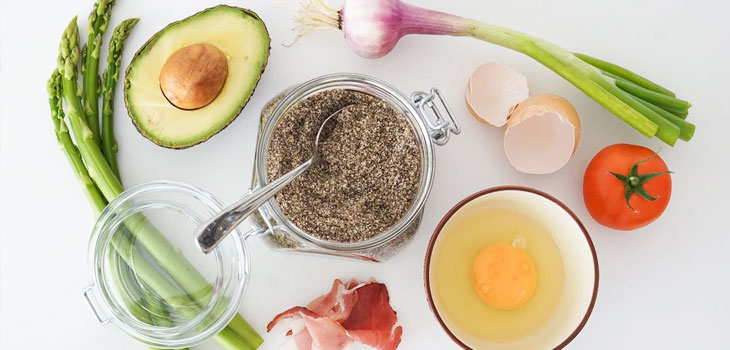
What causes a food intolerance?
- The absence of an enzyme needed to fully digest a food – Lactose intolerance is a common example.
- Irritable bowel syndrome – This chronic condition can cause cramping, constipation and diarrhea.
- Sensitivity to food additives – For example, sulfites used to preserve dried fruit, canned goods and wine can trigger asthma attacks in sensitive people.
- Recurring stress or psychological factors – Sometimes the mere thought of a food may make you sick. The reason is not fully understood.
- Coeliac disease – It has some features of a true food allergy because it involves the immune system. However, symptoms are mostly gastrointestinal, and people with coeliac disease are not at risk of anaphylaxis. This chronic digestive condition is triggered by eating gluten, a protein found in wheat and other grains.
What are the symptoms of a food intolerance?
Signs that you may be suffering a food intolerance include:
- Bloating
- Digestive discomfort
- Irritable Bowel
- Migraines or headaches
- Fatigue
- Skin rashes or hives
- Coughing
- Stuffy or a runny nose
- A general feeling of uneasiness without an apparent cause
What are the most common types of food intolerance?

Lactose Intolerance (Dairy)
Lactose intolerance is characterized by the inability to digest the sugar in dairy, known as lactose. Approximately, 75% of people worldwide are lactose intolerant, making it one of the most common food sensitivities around.
Normally, our bodies produce the enzyme lactase to break down lactose. However, some people experience a decline in lactase production. This happens naturally as we age, but it can also occur due to illness, injury or intestinal surgery. Ethnicity also plays a role in lactose intolerance – with those of African, Asian, Hispanic, and American Indian descent more likely to experience sensitivity to dairy.
Symptoms of lactose intolerance can appear between 30 minutes and several hours after dairy consumption and include bloating, gas, stomach gurgling, pain or cramps, diarrhea, or vomiting.
Many people with lactose intolerance can eat limited quantities of dairy, especially fermented types like milk kefir and yogurt. Goat milk is often tolerated well by some. You can read more about it, here.
Even if you don’t have lactose intolerance, dairy is still not that healthy. Here are some reasons why you should avoid dairy!
Tip: Check out these vegan cheese recipes! They’ll make you ditch dairy for good!

Gluten Intolerance
People with this issue can’t tolerate gluten, the protein found in wheat, rye, and barley. It can either be gluten sensitivity or coeliac disease, which causes significant gastrointestinal distress, among other symptoms.
Because gluten is so widespread, it can be difficult to avoid. It’s found in baked goods, cereals, processed meat and fish, spreads, canned foods, sauces and condiments, alcohol, many sweet treats, and even prescribed and over-the-counter drugs, along with certain vitamin supplements.
A myriad of gluten-free alternatives are available, but these should be used sparingly, as they contain several additives, are often high in calories, and can upset blood sugar balance.
Tip: I have so many gluten-free recipes on my blog! Feel free to check them out!

Alcohol Intolerance
Experiencing allergy-like symptoms after alcohol consumption is pretty common. It can happen in reaction to a particular type of alcohol, or to several.
For example, those with gluten intolerance may be unable to drink regular beer without adverse reactions. Other chemicals and ingredients in these drinks which may cause issues include histamine, yeast, flavorings, and other additives.
It can also exacerbate underlying conditions, particularly asthma, migraine, and rosacea. In situations like this, the alcohol is merely a trigger and not a true intolerance. Some of the worst offenders include red wine, beer, and darker colored liquors like whiskey and brandy.

Eggs Intolerance
A common sensitivity, egg intolerance or allergy affects nearly 1.5% of children. In most cases, the egg intolerance disappears with age. What’s interesting is that most people that suffer from an egg intolerance cannot handle the egg whites, while they can eat the yolks. Intolerance to egg yolk is rare.
If you have an egg intolerance, you should also be aware that most chickens are fed a soy-based diet, so you may be sensitive to soy, rather than eggs. Choosing eggs from grass-fed, free range and organic animals will help you determine the true nature of your sensitivity.
Hidden sources of eggs include baked goods, pasta, some commercial egg substitutes, and the foam toppings on desserts and specialty drinks.
Tip: Here are some egg nutrition facts worth reading!
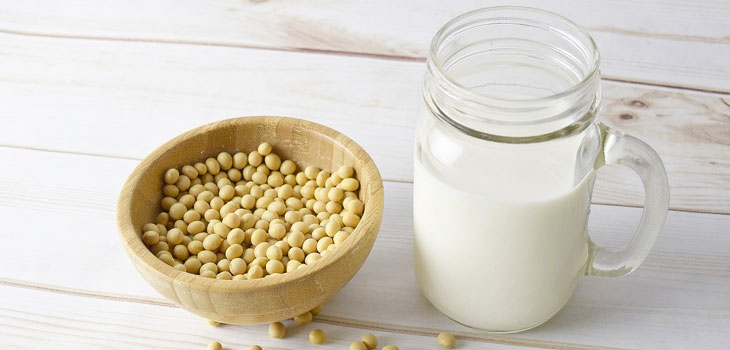
Soy Intolerance
With soy and its derivatives found in 75% of products on supermarket shelves and in almost 100% of fast food, it’s not surprising it’s one of the top causes of food sensitivities. Soy can cause irritation in the intestines for those who are sensitive. Symptoms include: gas, bloating, vomiting, nausea, heartburn, and even irritability or depression, along with headaches. Infants who are soy intolerant can experience reflux caused by soy-based formula or foods.
Avoiding soy is difficult, as it is found in a lot of processed or pre-made foods. Check labels for terms like hydrogenated oils, vegetable starch, lecithin, emulsifiers, and hydrolyzed plant protein if you have a soy intolerance or sensitivity.
Consider trying fermented soy foods too – such as miso, tempeh, and natto – as at least two studies have found that people with soy allergies don’t react to fermented soy!

Corn Intolerance
Corn’s proteins can irritate the intestines of people who are also intolerant to gluten and other grains, so if your symptoms haven’t disappeared after eliminating wheat and/or all gluten, consider ditching corn for a while too.
It doesn’t help matters that over 90% of corn is genetically engineered, and is one of the biggest components of commercial animal food. Look out for corn under names like corn starch, corn syrup, and high-fructose corn syrup which are added to processed foods, sodas, condiments, bread, and many gluten-free replacement foods.

Yeast Intolerance
Yeast can be a cause of food sensitivity. Yeast intolerance can cause multiple symptoms, including yeast infections, joint pain, and fatigue.
Any food or drink that undergoes a fermentation process will also contain a form of yeast. You can find it in many baked goods, alcoholic beverages, vinegar, pickles, overripe or dried fruit, malt, sour cream or cheese, soy sauce, B vitamin supplements, and more. Even leftovers can also develop yeast on the surface.

Chemicals, Pesticides and Additives in Foods
Because much of the food we consume today has been treated with pesticides and other chemicals or is loaded with artificial flavorings, colorings, and sweeteners, it is difficult to pinpoint the source of intolerance.
In many cases of food sensitivity, the chemical additives are the culprits, rather than the food itself. The only way to know what causes your unpleasant symptoms is to keep a food diary and note the effects. If consuming organic versions of the products cause you no unwanted effects, it may well be a chemical sensitivity, rather than a food intolerance, you are suffering from.
If you have any of these food intolerances and you have problems figuring out what to eat, I created the meal planner app to help you! Thousands of people with food intolerances have already used it. Check out the details, here.
Should you try an elimination diet if I think I have a food intolerance?
Even when someone may think that they have a healthy diet, if they still struggle with health/digestion issues, an elimination diet is usually extremely useful for identifying which suspected foods are truly the cause. An elimination diet is a short-term eating plan that eliminates certain foods that may be causing food intolerances and then reintroduces them one at a time in order to determine which foods are, and are not, tolerated.
The main reason for doing an elimination diet is to figure out exactly which foods are the culprits for the health-related issues when someone is experiencing ongoing symptoms with an unknown cause. Symptoms that might drive someone to do an elimination diet include persistent diarrhea, bloating, constipation, eczema and acne.
How to start an elimination diet
- Stop eating all common allergen/sensitive foods from the list below for about three weeks.
- During this time, carefully read food labels to make sure you are really avoiding even trace amounts of these foods. You may want to keep a food journal during these three weeks to record how you feel. This will come in handy when you begin reintroducing the foods later on.
- After three weeks, reintroduce one food group at a time. Eat the suspicious food daily if you can for about 1–2 weeks and record your symptoms. Notice any changes in symptoms between the elimination phase and the reintroduction phase.
- If symptoms return after beginning to eat one of the suspicious foods, you can confirm that this food is a trigger by eliminating it once again. The purpose of this is to see if the symptoms disappear when the food is removed. The process is a bit of trial and error, but it shouldn’t take more than 6 weeks to discover foods that caused the issues.

What foods to consume during an elimination diet?
During an elimination diet, try to include 40 percent fresh vegetables, 30 percent “clean” sources of protein, 20 percent healthy fats and fill the remaining portions with whole-food carbohydrates and fruit.
- Most of your plate should be taken up by vegetables that are ideally organic, plus small amounts of fresh fruit. Vegetables that are especially good choices for a healing diet includes all leafy greens, cruciferous vegetables like broccoli, cauliflower and Brussel sprouts, artichokes, fennel, celery, cucumbers, squash, mushrooms, snow peas, radishes, sprouts, sea vegetables, berries, and fresh herbs.
- Fifty percent of your plate should come from high-quality proteins and healthy fats. Aim to include plenty of “clean” protein sources.
- Healthy sources of fats include coconut products such as coconut oil, olive oil, nuts, seeds and avocados.
- You may want to try giving up all grains for a period of time, even gluten-free grains like quinoa and gluten-free oats.
If you still don’t feel well, it is always best to consult a doctor and get tests conducted for food intolerances. Don’t make the mistake of neglecting your health, or it could become much worse later on with symptoms wreaking havoc.
Do you have a food intolerance and you have problems figuring out what to eat? I created the meal planner app to help you! Instantly get recipes created exactly for your dietary needs. Check out the details, here.
Photo sources:
- https://www.pexels.com/photo/woman-holding-spoon-and-fork-with-blackberries-on-plate-beside-blue-ceramic-mug-on-white-wooden-table-709833/
- https://www.pexels.com/photo/egg-avocado-cooking-tomato-106877/
- https://www.pexels.com/photo/person-mixing-cereal-milk-and-strawberry-jam-on-white-ceramic-bowl-704971/
- https://www.pexels.com/photo/bread-food-fresh-hands-263168/
- https://www.pexels.com/photo/drink-glass-glassware-lemon-316891/
- https://www.pexels.com/photo/bowl-color-decoration-eggs-379986/
- https://pixabay.com/en/soy-milk-soy-soybean-soy-milk-2263942/
- https://pixabay.com/en/morning-breakfast-food-table-820326/
- https://www.pexels.com/photo/pizza-kitchen-recipe-rolling-pin-9510/
- https://www.pexels.com/photo/close-up-view-colorful-candy-chocolate-65547/
- https://www.pexels.com/photo/appetizer-close-up-cucumber-cuisine-406152/

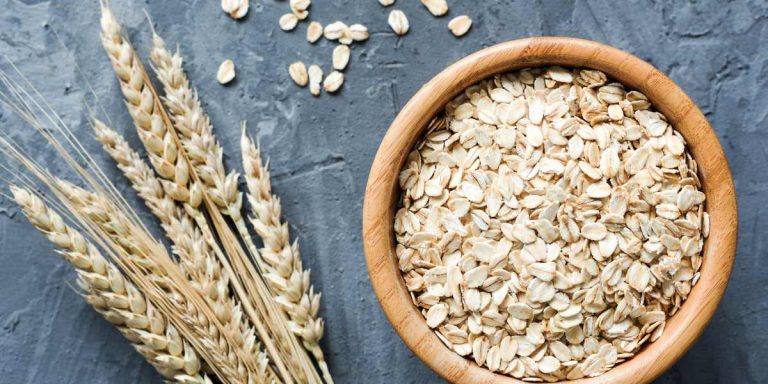

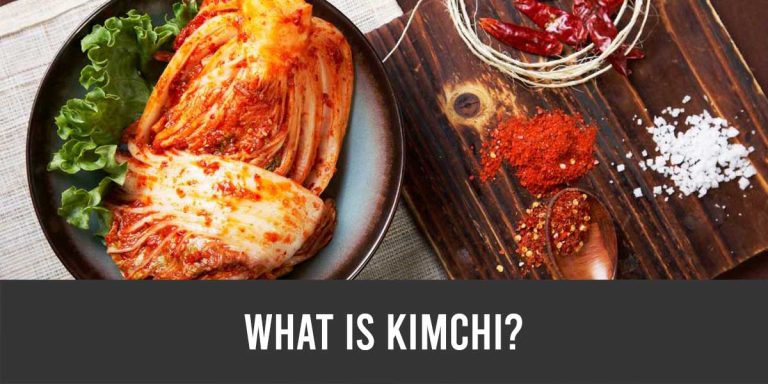
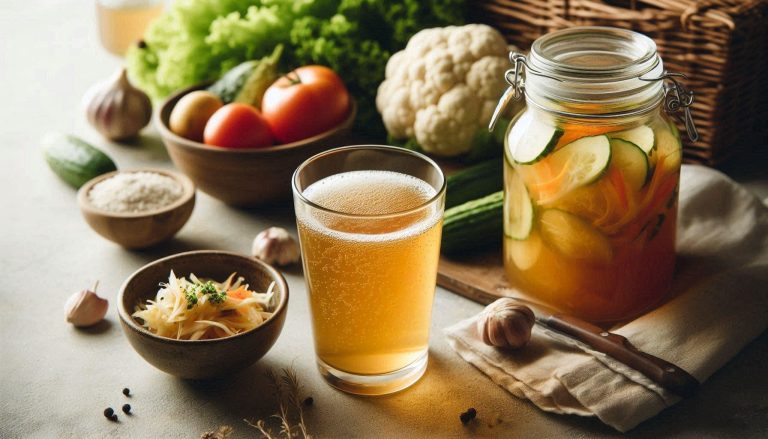


using dried peas, socking them for at least 12 to 24 hours (chick peas can stay 24h in water no problem), then rinsing really well (giving soaking water to plants), and cooking them lightly until still a bit “crunchy”is a more digestible way to consume legumes, apparently.
Thank you for the tips! <3
A few months ago I was eating a lot of chickpeas One evening ,after eating some chickpeas I got a terrible stomach ache. After some trial and error I decided it was the chickpeas that were causing the pain. I have not eaten them for months now but really miss them. I am 99% vegetarian and relied on them as a good source of protein. I used to love roasting them. Any suggestions for an alternative would be greatly appreciated. Thank you
Hi, Denise! This is what happens to my boyfriend as well so I suspect he has an intolerance to chickpeas. Do you react the same way to other beans and legumes as well? Lentils, red beans, black beans, butter beans? If not, you could replace chickpeas with other beans. For hummus, I sometimes use cannellini beans and it turns out amazing! 🙂